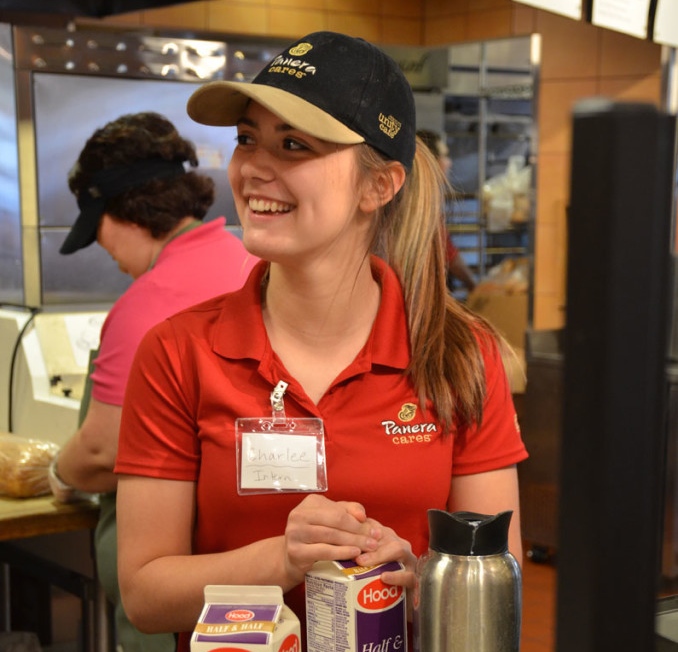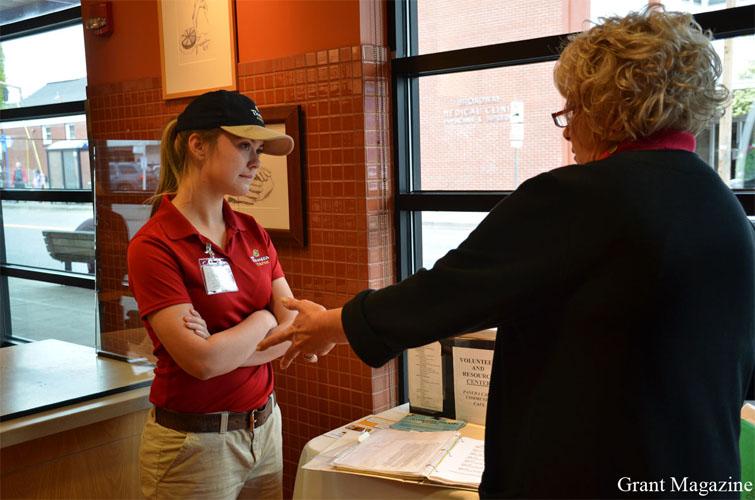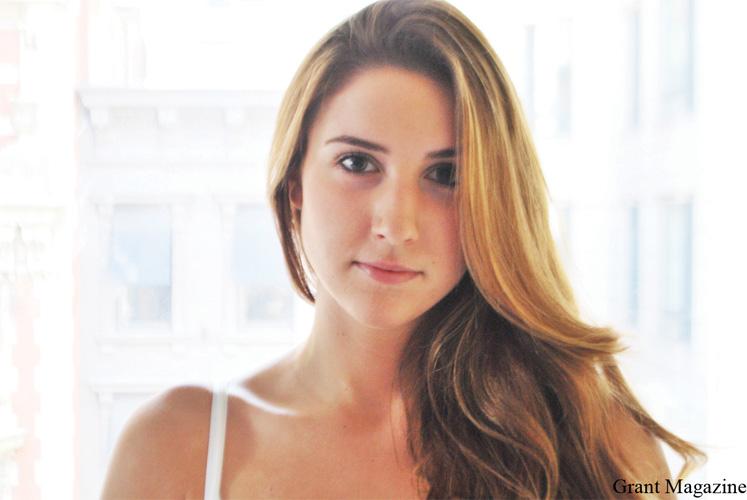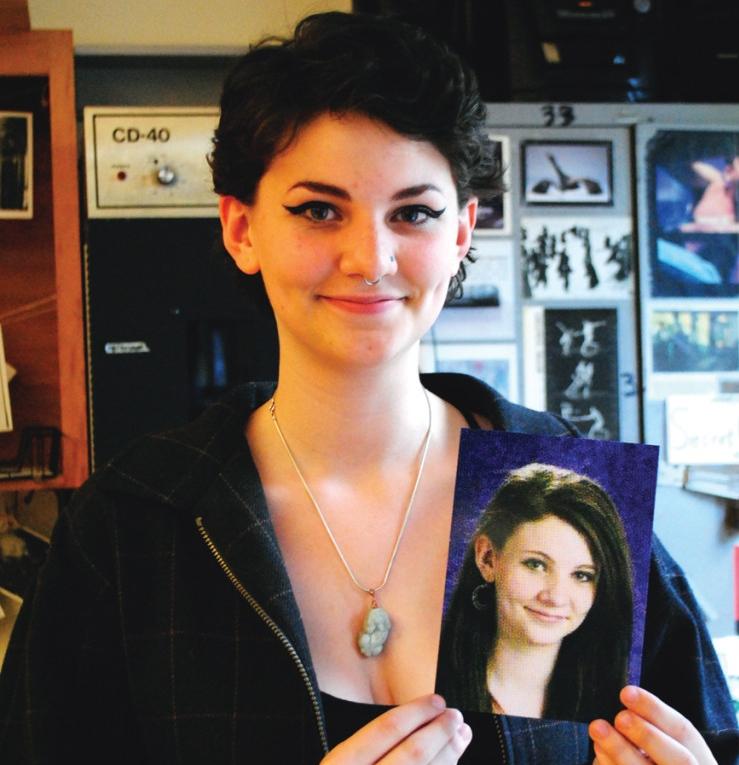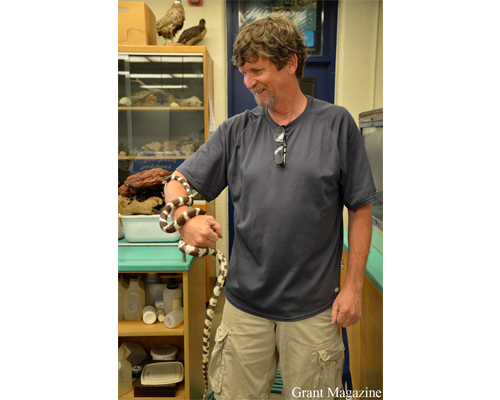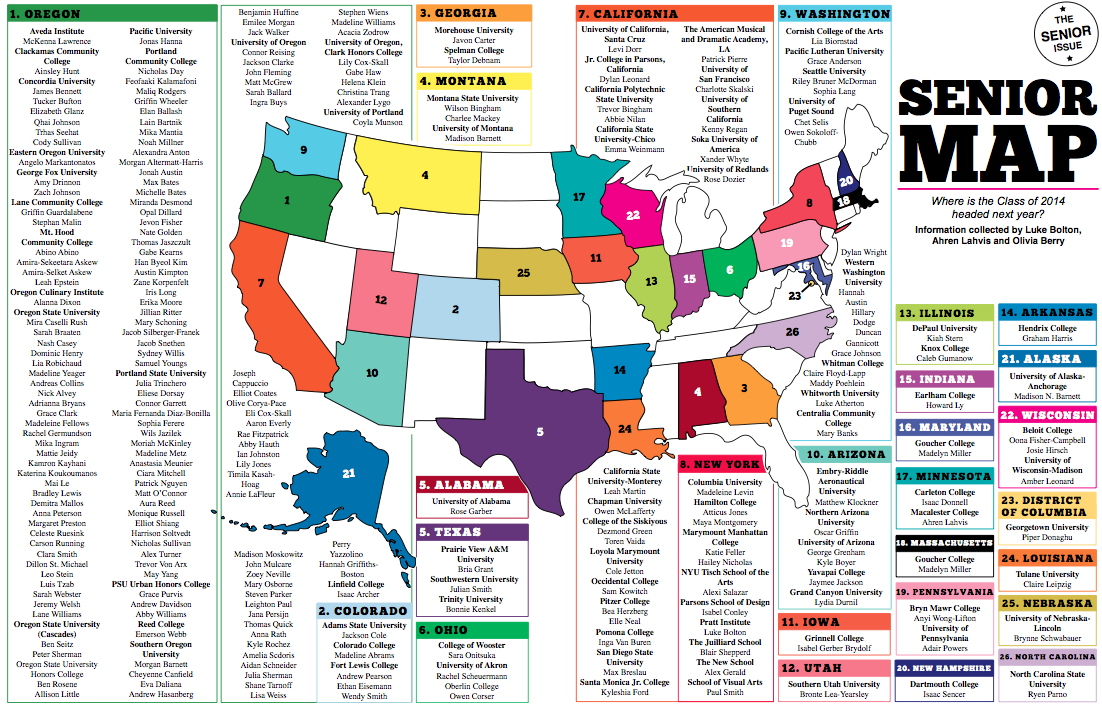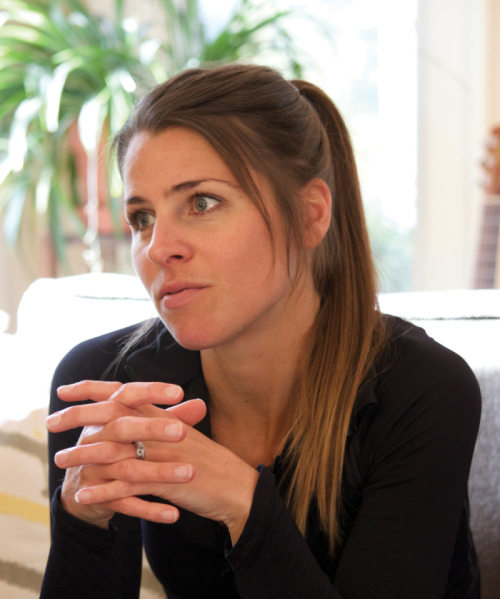During a recent free period in Grant High School’s College and Career Center, two sophomore girls cautiously approach coordinator Madeline Kokes. They ask hopefully about internships and Kokes sighs. She warns them with an already rehearsed speech that she gives to many students. There just aren’t many internships out there.
Internships open doors for students. But when demand is greater than the supply, things get increasingly competitive. Kelly Talbert, senior assistant director of admissions at the University of Oregon, says college officials love seeing students with internship experience. “Internships offer much of the same practice in solving problems and building a skill set,” she says.
Internships also cater to students who don’t plan to follow a four-year university path. Some high schools offer vocational training, allowing students to graduate with the skills necessary to head straight into the workforce.
Grant doesn’t offer vocational training. So without job experience built into the curriculum, many students look to internships for help.
Though paid internships may be hard to come by, some students still leap at the chance when unpaid opportunities come along. Take the examples of three students with ties to Grant who managed to snag internships. They say their experiences are worth it.
Building Blocks: Jevon Fisher
With a list of supplies and a budget set, Jevon Fisher and his teammates went to work. Their goal? To brainstorm and design something that would make the Moda Center – previously the Rose Garden – a more people-friendly area.
From January to May, Fisher and the other high school students in his group were working alongside other teams from around Portland. “We started by just talking about what we wanted to accomplish,” says Fisher, a Grant senior.
Next, the team worked on the floor plan, being mindful of their limited budget. Fisher was participating in the Architecture Construction Engineering mentor program run by local professionals who volunteer their time. ACE started in 2006 with a goal of reaching out to high school students interested in architectural- and construction-based fields.
“It seemed like a good experience to have before I go off to college.” – Jevon Fisher
The program recruits students to design and plan projects in the Portland metro area. Professional architects help students with the design process. Although these projects don’t progress to actual construction, the team gets a good experience of what working in the construction business is actually like.
In short, students get a challenge, job training, and professional advice. “I really want to be an architect when I grow up so it seemed like a good experience to have before I go off to college,” says Fisher, whose team worked on a plan to bring a farmer’s market, food carts and two business buildings to the Moda Center, complete with other elements like bioswales and glass components.
As for the mentorship aspect, Fisher says: “The adults with jobs in the industry are very helpful in being team captains and directing our ideas.”
Fisher’s team mentor, Kaitlin North, is a landscape architect. She’s seen the impact ACE has on the student participants. “Many of the students have never been exposed to an office setting or corresponded with working professionals on a regular basis,” North points out. “ACE is a fun, non-threatening environment for students to personally get to know professionals working in the industry, and get hands on experience working as a team through a project.”
Thanks to people like North at ACE, Fisher has become more confident about his future. “I know I’m going to (Portland Community College) for two years to get my pre-reqs,” he says. Then he plans to transfer to a four-year college.
Fisher thinks ACE has given him a leg up. The hands on experience and guidance from actual professionals will make a difference by “allowing me to have the real experiences that a lot of new college students don’t have.”
Food For Thought: Charlee Mackey
Charlee Mackey glances at the screen in front of her and watches as another sandwich pops up on the screen. She grabs the ingredients, placing them on the bread, and passes it all along to the next employee in the assembly line. Another image pops up and she starts again.
Mackey has an internship at Panera Cares in Hollywood. She enjoys the atmosphere and the people she has met. “I’ve never done an internship before, but working at Panera is something that I think will help me later in life,” says Mackey, a Grant senior. For her, the internship is about gaining experience while giving back. At Panera Cares, customers pay what they can, drawing in people from all walks of life. That’s a big plus for Mackey, who enjoys meeting new people.
“This internship is unique. You’re working in a business and food service environment while helping people at the same time. It’s rare that a place combines business and philanthropy.”
-Charlee Mackey
Mackey’s beginnings relate to the food insecurity issue that Panera fights. Born in Juneau, Alaska, Mackey spent the first two years of her life in a trailer park with her family. “It’s not like at two I was noticing things but now that I look back I realize that food insecurity and poverty was a very real situation happening around me,” says Mackey.
The family moved to Portland when she was in second grade and her life changed drastically, she recalls.
In the past few years, Mackey held a job at A Children’s Place Bookstore. But stocking books left her dissatisfied. She wanted something more fulfilling, so she worked at Camp Collins, an overnight summer camp with mostly special needs kids.
Then she heard about the Panera internship through Kokes. At Panera, Mackey also cleans in the back and serves pastries. She greets people at the door and explains how Panera works, something that’s helped her grow the most.
Ultimately, she says, “I’m just appreciating the impact I’m making on food insecurity in Portland.”
Experience, Training, and Getting a Good Reference: Hailey Paulson
After walking around Manhattan all day, Hailey Paulson and other interns for the AIDS awareness organization RED finally reached their goal: using the Vine app to set a world record for number of videos made for a specific cause.
“We asked people to say red, wear red, or sit in this huge red beanbag we had in Times Square,” says Paulson. Then they hash-tagged all the videos #RED.
“They showed our videos in Times Square so everyone could notice this great cause,” recalls Paulson, a 2009 Grant graduate. “No other experience lets you do something like this. That’s why internships are so unique.”
For Paulson, internships have changed her goals, aspirations and her role in life. Over her time at college in New York City, Paulson has interned at a variety of organizations and companies, including The New Yorker magazine and Vogue.
“The connections I made are basically the most important part of doing an internship.” – Hailey Paulson
With a bachelor’s degree in business administration, design and management, Paulson has internships to thank for her growing interest in all things design, fashion and branding. “Nothing else helps you test out jobs like internships,” says Paulson. “It’s really the only way to find out what you’re really good at.”
She says when she was younger, she didn’t really “have a clue about job related stuff like that. I definitely think that not having something like an internship on my resume limited my acceptance to places.”
Paulson spent freshman year at the University of Oregon, but she felt lost without a clear goal. She transferred to Parsons The New School for Design in New York City. Her time at The New Yorker was primarily spent working on their multimedia presence on tablets. “They had just started putting their issues on tablets and I worked on making sure the version functioned right and was aesthetically pleasing,” Paulson remembers.
She also took on stereotypical intern chores like making coffee runs and performing last-minute errands. But for Paulson, the work wasn’t the point.“The connections I made are basically the most important part of doing an internship,” says Paulson. “I was able to make some really great connections that have helped me today.”
With the experience gained from The New Yorker, Paulson was able to apply to other internships with more confidence. While at Vogue, Paulson worked in fashion closets but ultimately discovered she wasn’t drawn to the field. “Internships don’t only help you find things you enjoy doing,” she says. “They also help you figure out what you don’t.”
Today, Paulson works as a junior promotional designer at Hearst Magazines while still doing some freelance work for The New Yorker on the side. “None of this would have been possible without the internships I’ve done in the past,” Paulson says. ♦



























